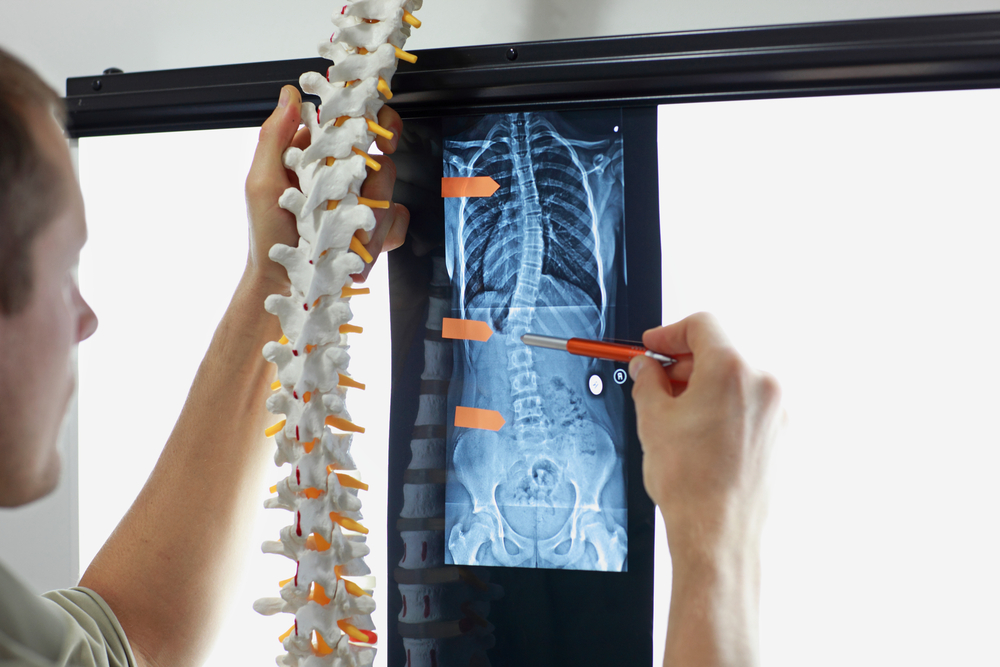Understanding and Managing Herniated Discs
Learn about herniated discs, including causes, symptoms, diagnosis, and effective treatment options. Early management can prevent serious complications. Explore lifestyle tips to reduce risk and promote spinal health.

Understanding and Managing Herniated Discs
A herniated disc occurs when the soft center of a spinal disc protrudes through its outer layer, causing pressure on nearby nerves. This condition often results from disc degeneration over time, which reduces the disc's flexibility and increases vulnerability. Common causes include aging, improper lifting techniques, injuries, smoking, and poor posture. Symptoms typically involve pain, numbness, tingling, and muscle weakness, often affecting the back, neck, or limbs.
Diagnosis is done through imaging tests such as MRI, X-ray, or CT scans that locate the herniation and nerve compression. Treatment options include rest, medications like NSAIDs and muscle relaxants, physical therapy, and lifestyle modifications. In severe cases, epidural injections or surgery may be necessary. Early intervention can prevent further nerve damage and improve recovery outcomes.
Maintaining good posture, exercising regularly, and avoiding risky activities are key to prevention. Recognizing symptoms early ensures timely treatment, reducing the risk of prolonged discomfort or complications.










